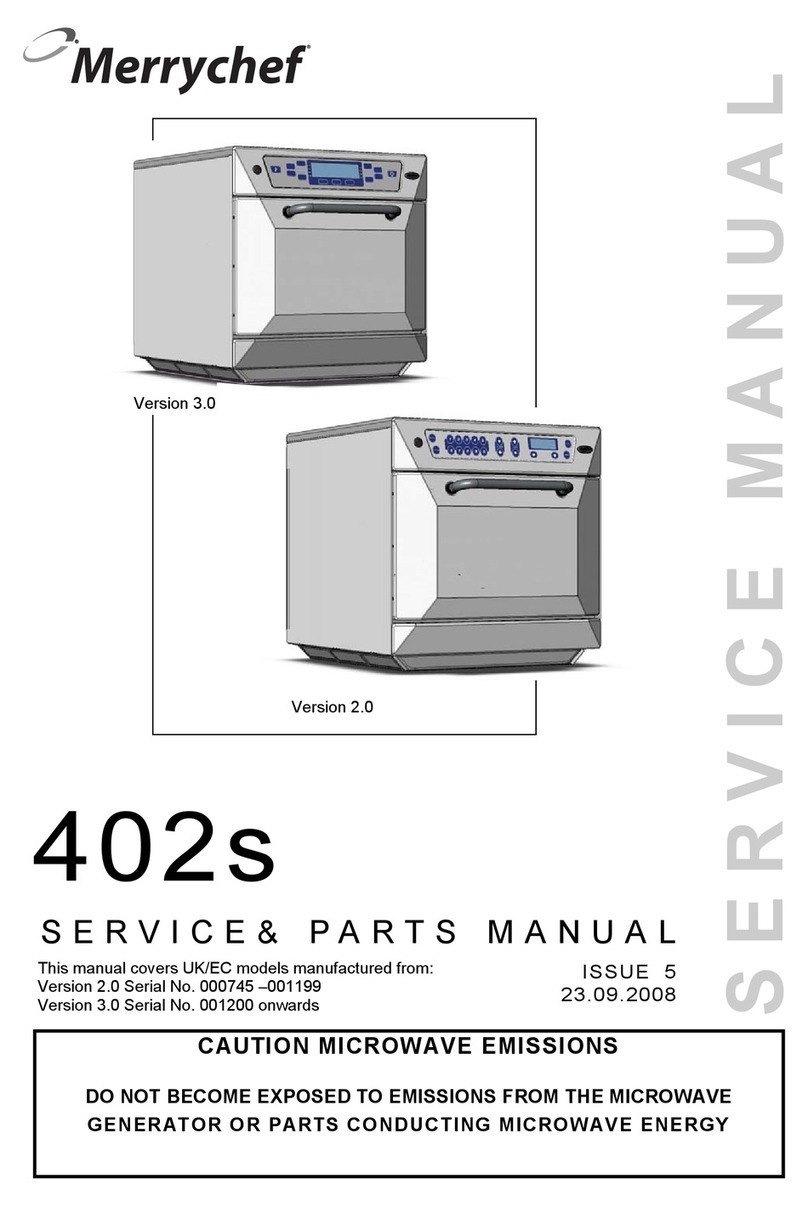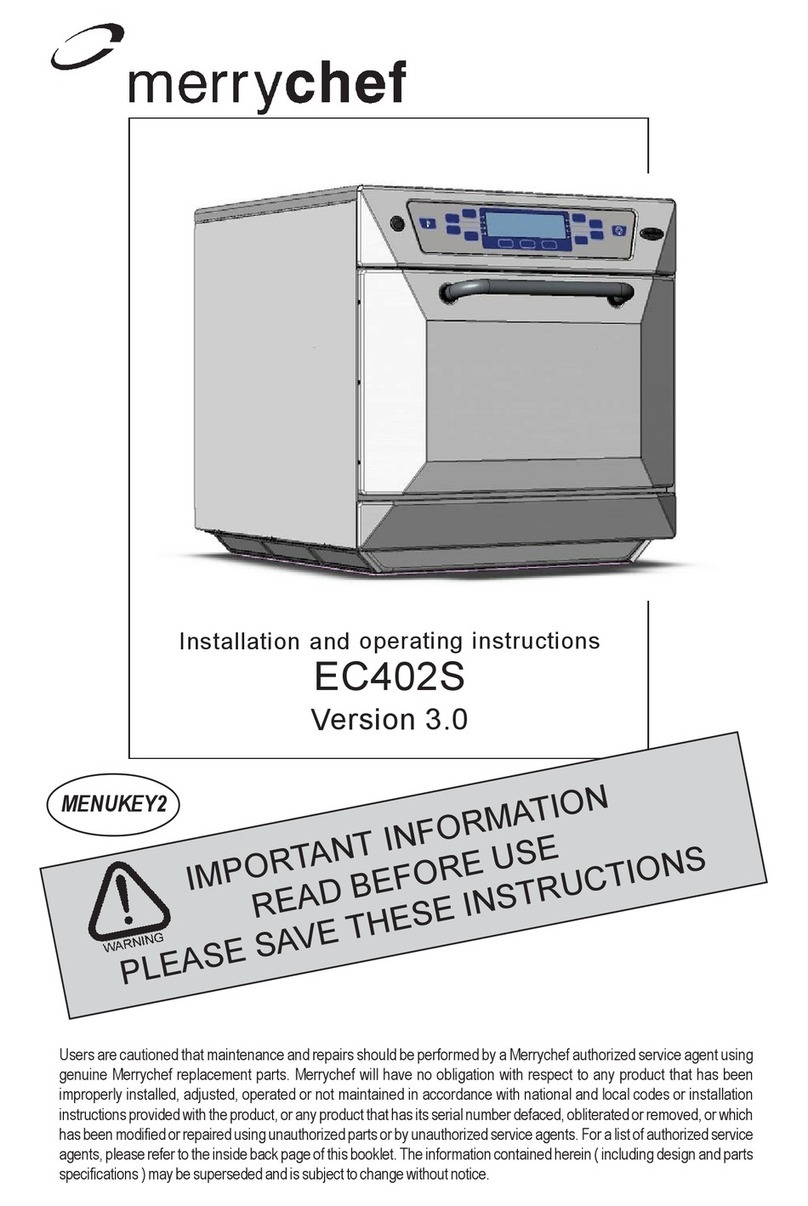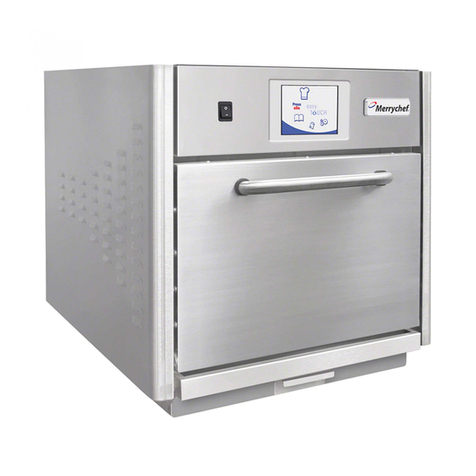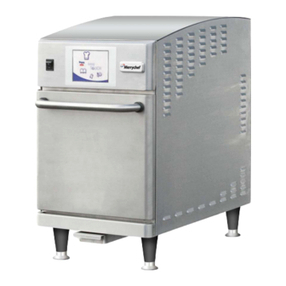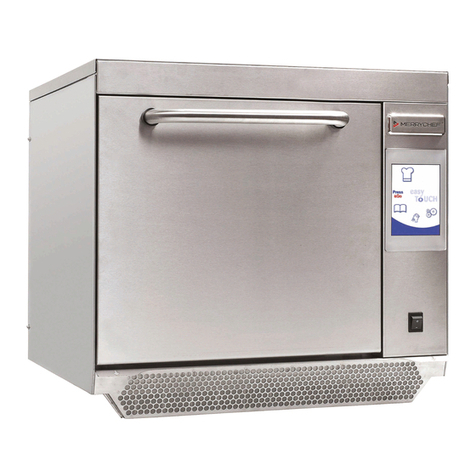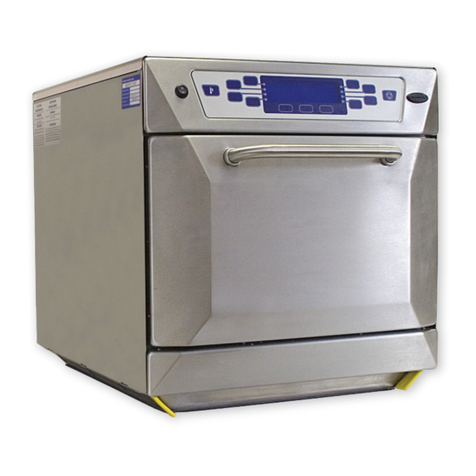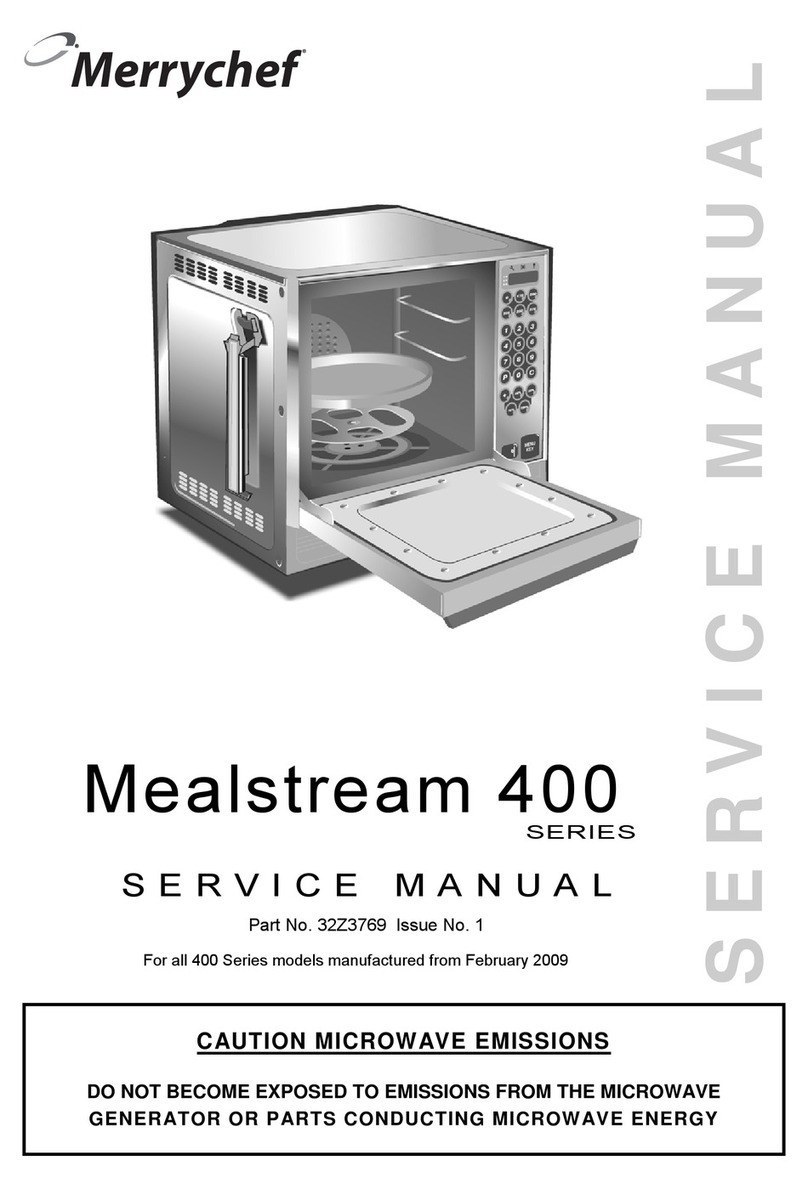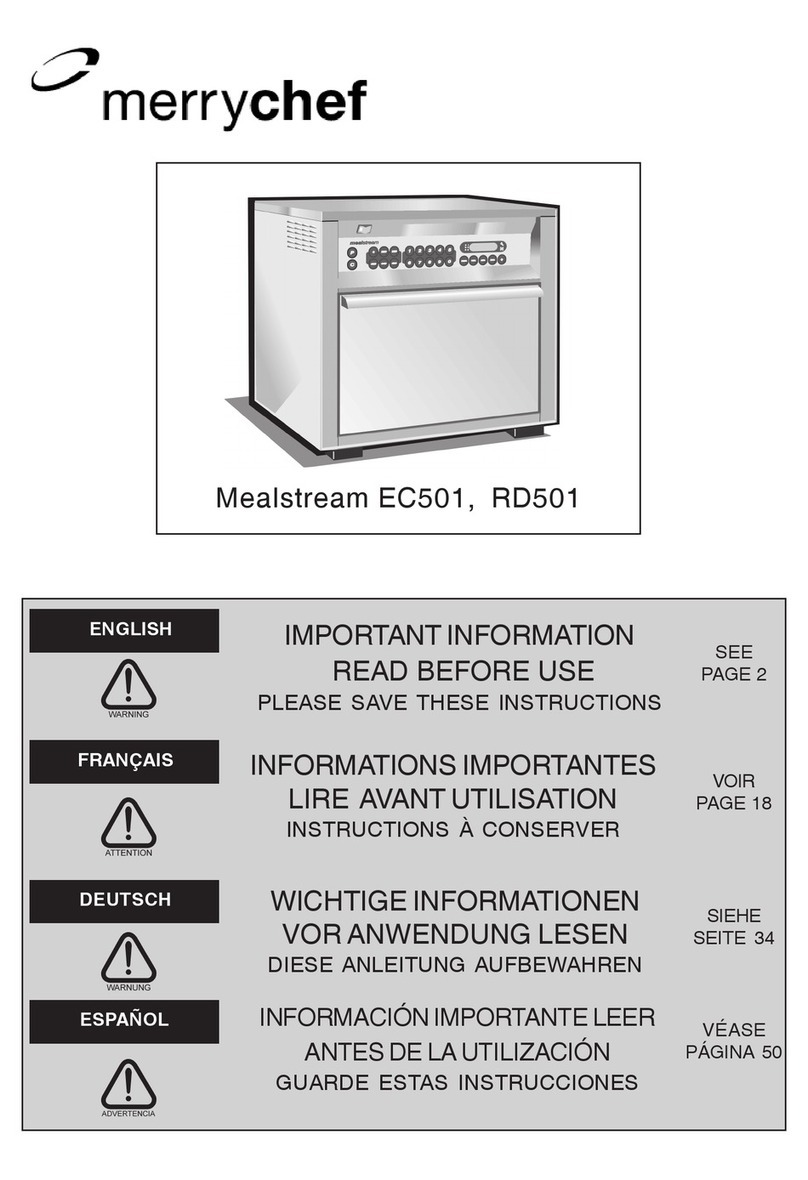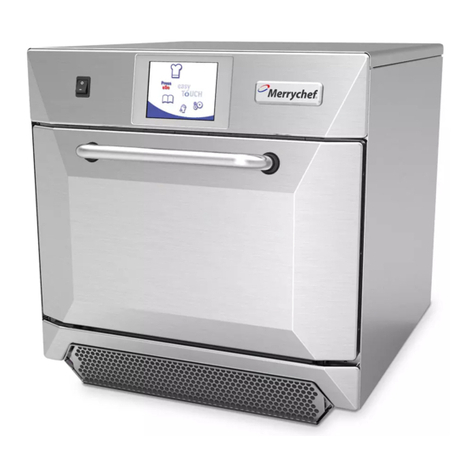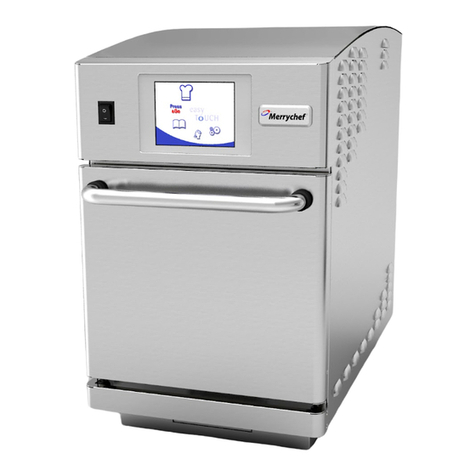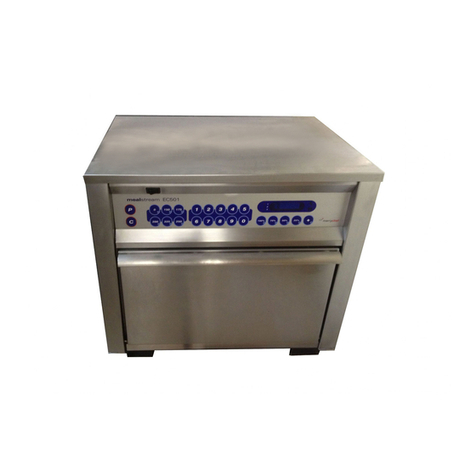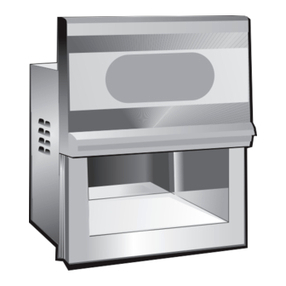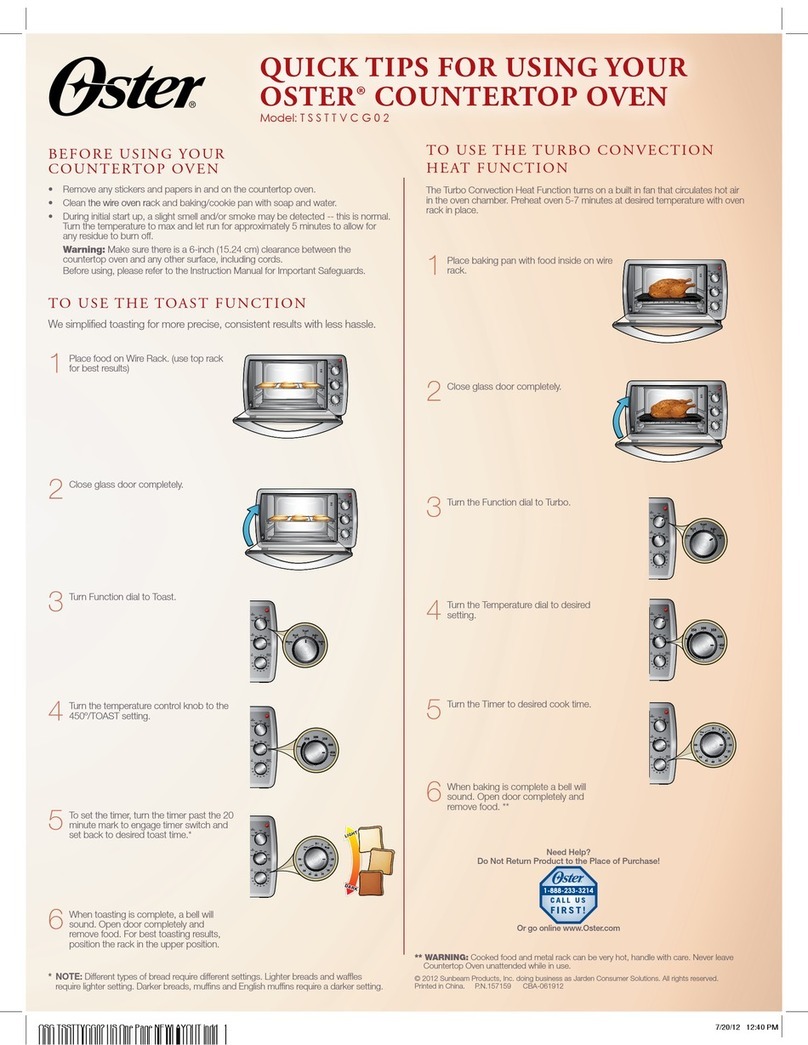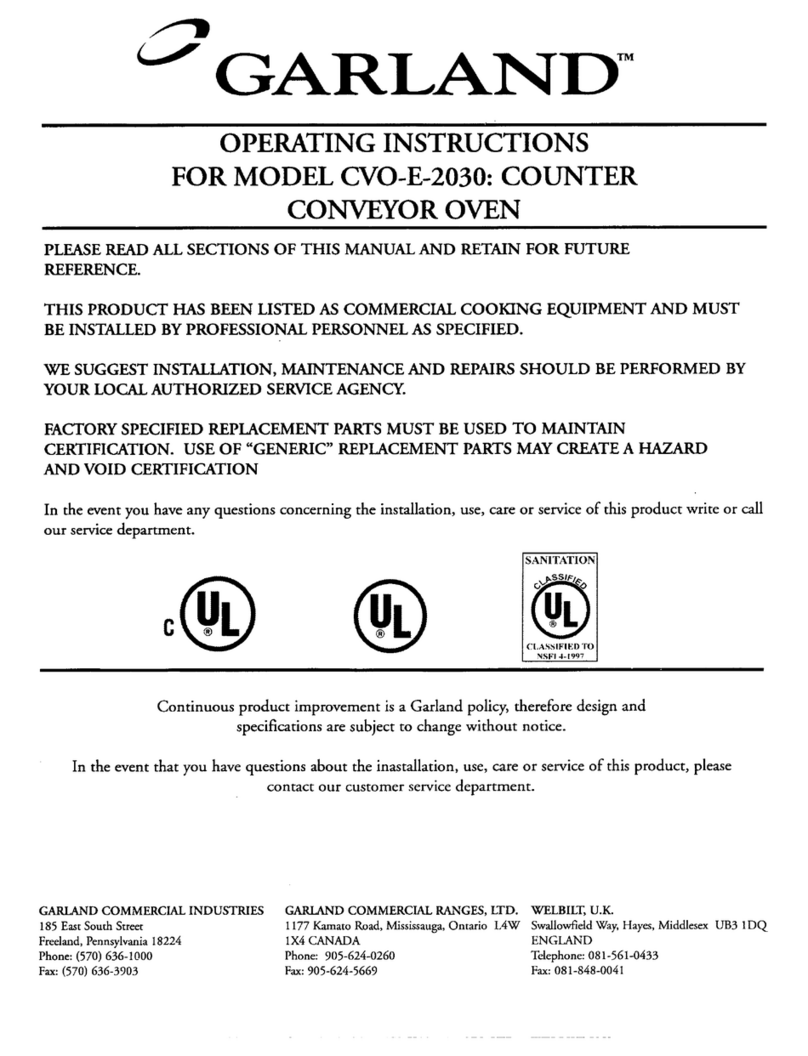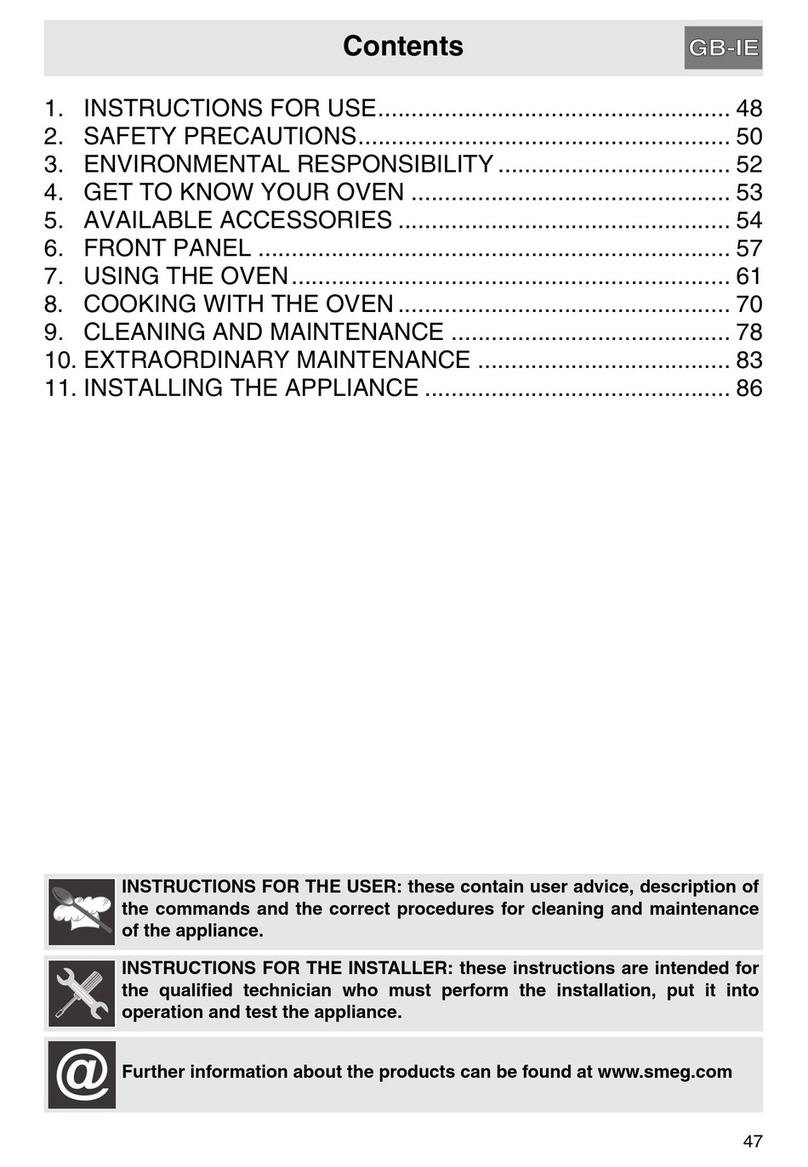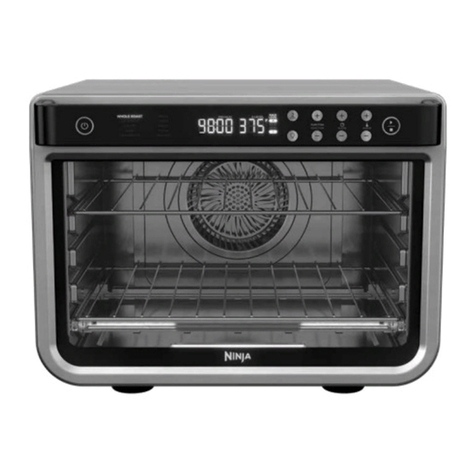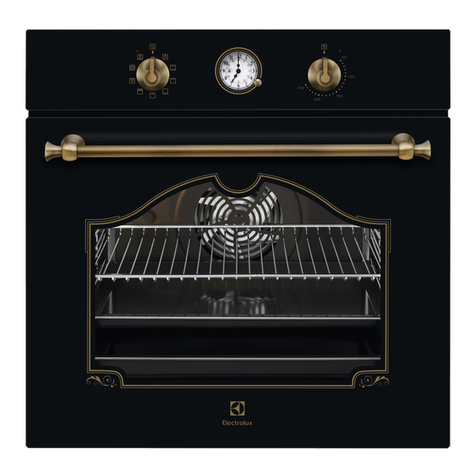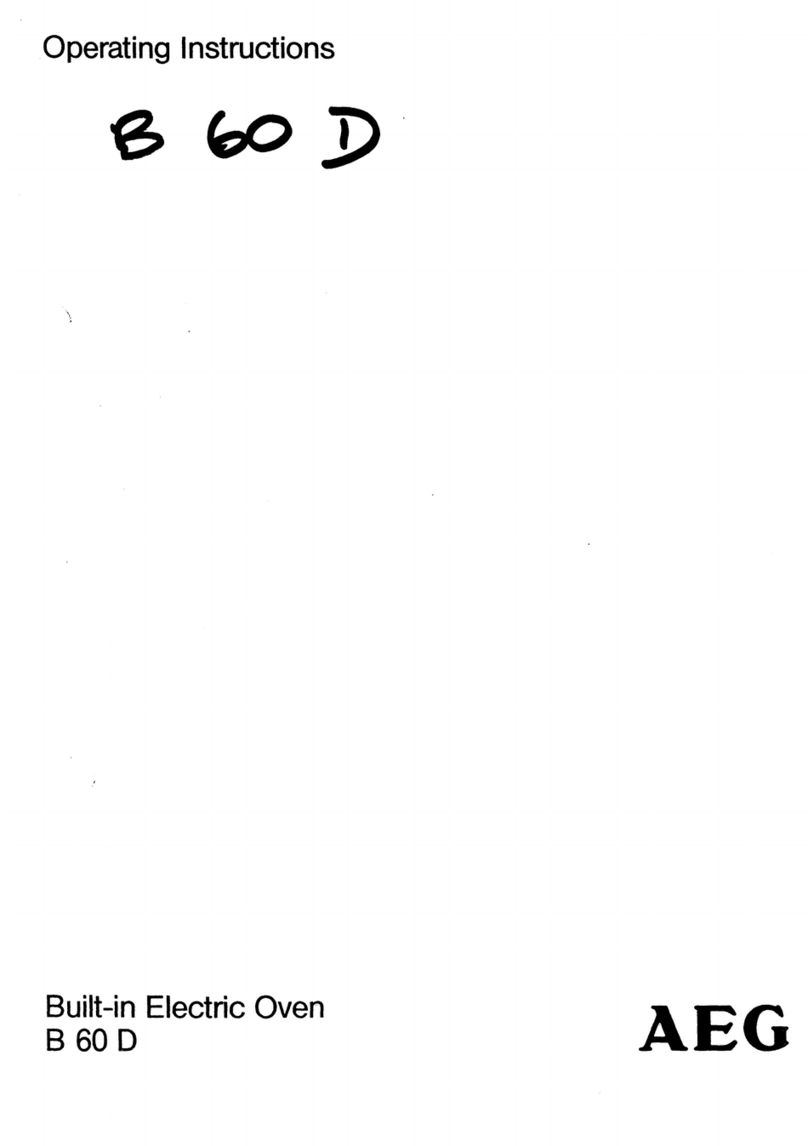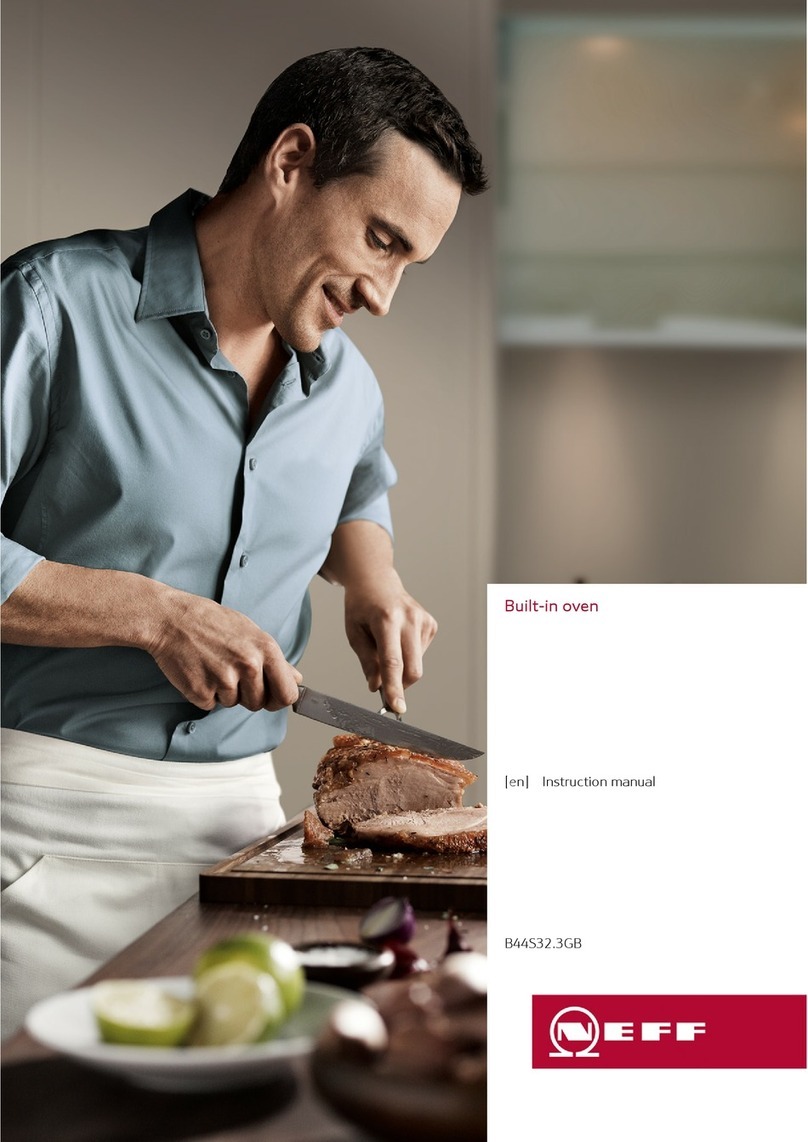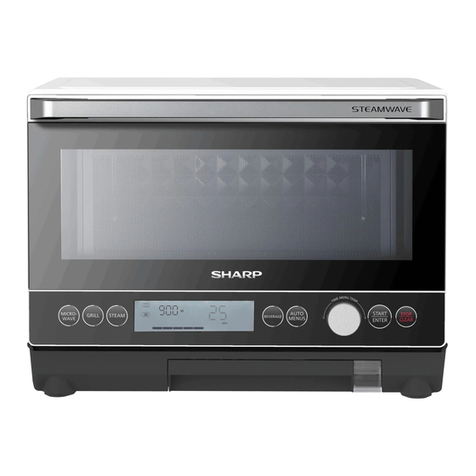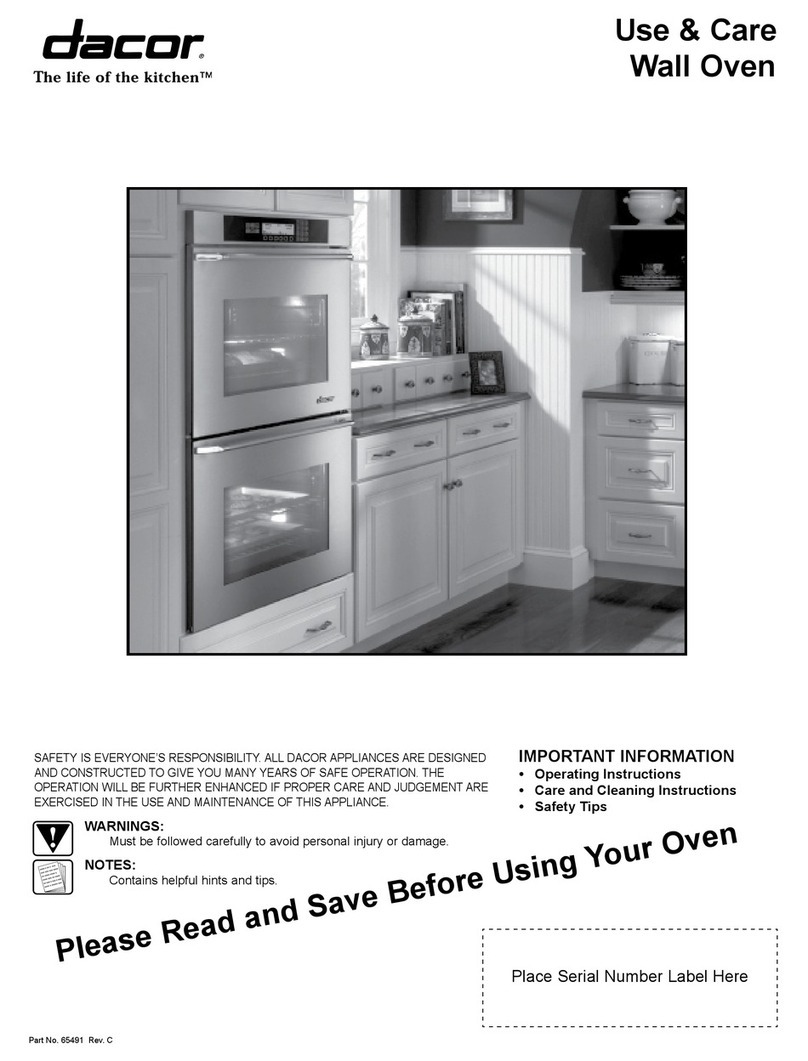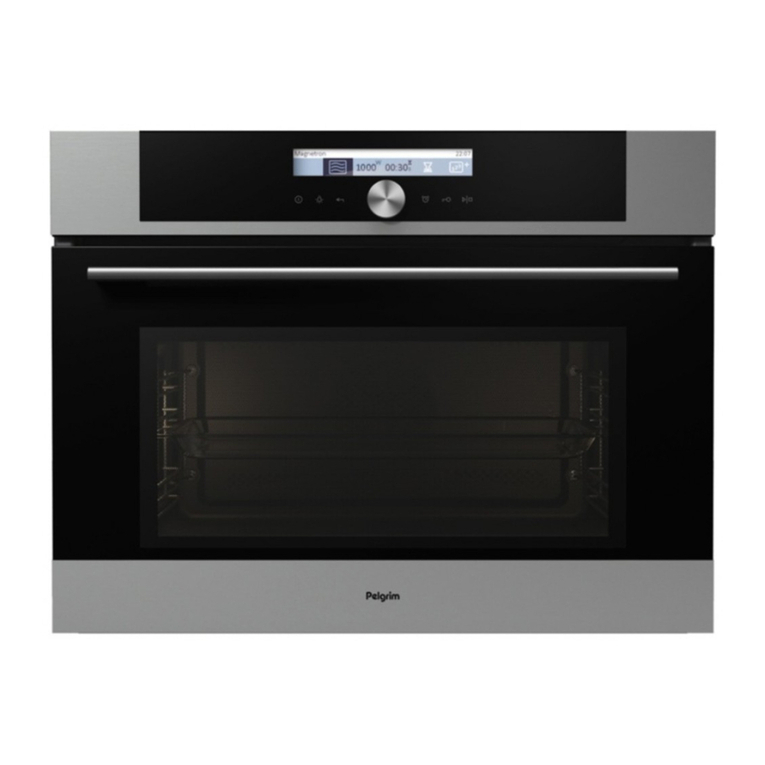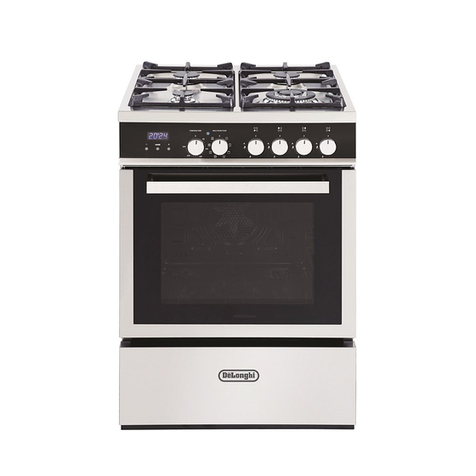Page 10
Procedure A - Power Output Test in accordance with
BS EN 60335-2-25:1996 Annex AA
This test is given in the BSI test standard for microwave ovens. It is reproduced below - not so that
you can follow it, but to show you why it is impractical in normal conditions. A simplified procedure,
which gives a good approximation to the BSI power output, is given in Procedure B which follows.
Note: This test can only be carried out on a COLD oven. If the oven has been operating, even for
only a few seconds, the power given will be lower than the oven rating. This test must also
be carried out at a stable voltage - the voltage in most kitchens varies considerably even
within the period of the test. If the oven has been operating, go to Procedure B.
You will need:
A thermometer capable of reading to ±0.1°C.
A cylindrical borosilicate glass container, 190 mm diameter, with a wall
thickness of 3 mm or less.
A calculator.
A set of scales capable of reading 1 kg to an accuracy of ± 1 g.
A glass or plastic stirrer.
A jug capable of holding over 1 litre of water.
WARNING:The Borosilicate Glass container has thin walls and is therefore fragile - take care
not to break it during use.
Method:
A cylindrical container of borosilicate glass is used for the test. It has a maximum thickness of 3 mm,
an external diameter of approximately 190 mm and a height of approximately 90 mm. The mass of
the container is determined.
At the start of the test, the oven and the empty container are at ambient temperature. Potable water
having an initial temperature of 10°C ± 1°C is used for the test. The temperature of the water is
measured immediately before it is poured into the container.
A quantity of 1000 g ± 5 g of water is added to the container and its actual mass obtained. The
container is then immediately placed in the middle of the oven shelf which is in its lowest normal
position. The appliance is supplied at rated voltage and operated at the maximum power setting. The
time for the water temperature to attain 20°C ± 2°C is measured. The oven is then switched off and
the final water temperature is measured within 60s.
Notes:
1. The water is stirred before its temperature is measured.
2. Stirring and measuring devices are to have a low heat capacity.
The microwave power output is calculated from the formula:
4.187 MW(T2-T1) + 0.55 MC(T2-T0)
P =
t
Where P is the microwave power output, in watts;
MW is the mass of the water, in grams;
MC is the mass of the container, in grams;
T0is the ambient temperature, in °C;
T1is the initial temperature of the water, in °C;
T2is the final temperature of the water, in °C;
t is the heating time in seconds, excluding the magnetron filament heat-up time.




















